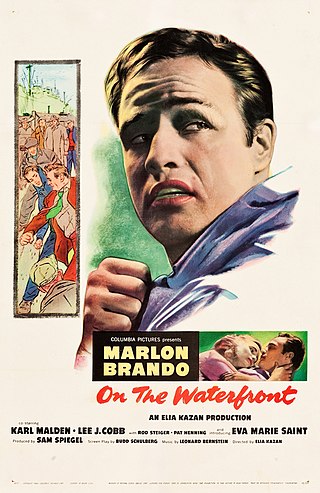
On the Waterfront is a 1954 American crime drama film, directed by Elia Kazan and written by Budd Schulberg. It stars Marlon Brando, and features Karl Malden, Lee J. Cobb, Rod Steiger, Pat Henning and Eva Marie Saint in her film debut. The musical score was composed by Leonard Bernstein. The black-and-white film was inspired by "Crime on the Waterfront" by Malcolm Johnson, a series of articles published in November–December 1948 in the New York Sun which won the 1949 Pulitzer Prize for Local Reporting, but the screenplay by Budd Schulberg is directly based on his own original story. The film focuses on union violence and corruption among longshoremen, while detailing widespread corruption, extortion, and racketeering on the waterfronts of Hoboken, New Jersey.
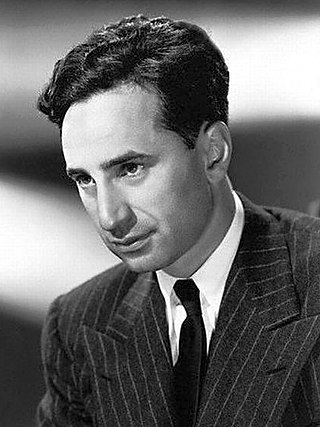
Elias Kazantzoglou, known as Elia Kazan, was an American film and theatre director, producer, screenwriter and actor, described by The New York Times as "one of the most honored and influential directors in Broadway and Hollywood history".

Witness for the Prosecution is a 1957 American legal mystery thriller film directed by Billy Wilder and starring Tyrone Power, Marlene Dietrich, Charles Laughton, and Elsa Lanchester. The film, which has elements of bleak black comedy and film noir, is a courtroom drama set in the Old Bailey in London and is based on the 1953 play of the same name by Agatha Christie. The first film adaptation of Christie's story, Witness for the Prosecution was adapted for the screen by Larry Marcus, Harry Kurnitz, and Wilder. The film was acclaimed by critics and received six Academy Award nominations, including Best Picture. It also received five Golden Globes nominations including a win for Elsa Lanchester as Best Actress in a Supporting Role. Additionally, the film was selected as the sixth-best courtroom drama ever by the American Film Institute for their AFI's 10 Top 10 list.
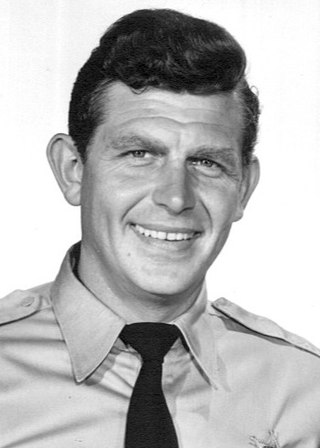
Andy Samuel Griffith was an American actor, comedian, television producer, singer, and writer whose career spanned seven decades in music and television. Known for his Southern drawl, his characters with a folksy-friendly personality, as well as his gruff but friendly voice, Griffith was a Tony Award nominee for two roles. He gained prominence in the starring role in director Elia Kazan's film A Face in the Crowd (1957) and No Time for Sergeants (1958) before he became better known for his television roles, playing the lead roles of Andy Taylor in the sitcom The Andy Griffith Show (1960–1968) and Ben Matlock in the legal drama Matlock (1986–1995).

Anthony George Franciosa was an American actor most often billed as Tony Franciosa at the height of his career. He began his career on stage and made a breakthrough portraying the brother of the drug addict in the play A Hatful of Rain, which earned him a nomination for the Tony Award for Best Featured Actor in a Play. He reprised his role in its subsequent film adaptation, for which he won the 1957 Venice Film Festival Award for Best Actor, and was nominated for the Academy Award for Best Actor in a Leading Role.

Lee Ann Remick was an American actress and singer. She was nominated for the Academy Award for Best Actress for the film Days of Wine and Roses (1962).
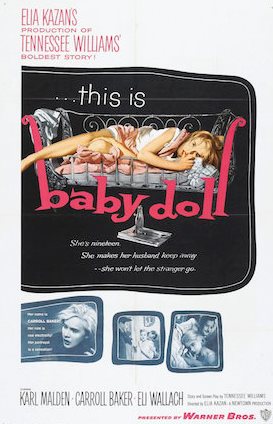
Baby Doll is a 1956 American black comedy film directed by Elia Kazan and starring Carroll Baker, Karl Malden and Eli Wallach. It was produced by Kazan and Tennessee Williams, and adapted by Williams from his own one-act play 27 Wagons Full of Cotton (1955). The plot focuses on a feud between two rival cotton gin owners in rural Mississippi.

Patricia Neal was an American actress of stage and screen. She is well known for, among other roles, playing World War II widow Helen Benson in The Day the Earth Stood Still (1951), radio journalist Marcia Jeffries in A Face in the Crowd (1957), wealthy matron Emily Eustace Failenson in Breakfast at Tiffany's (1961), and the worn-out housekeeper Alma Brown in Hud (1963). She also featured as the matriarch in the television film The Homecoming: A Christmas Story (1971); her role as Olivia Walton was re-cast for the series it inspired, The Waltons. A major star of the 1950s and 1960s, she was the recipient of an Academy Award, a Golden Globe Award, a Tony Award, and two British Academy Film Awards, and was nominated for three Primetime Emmy Awards.
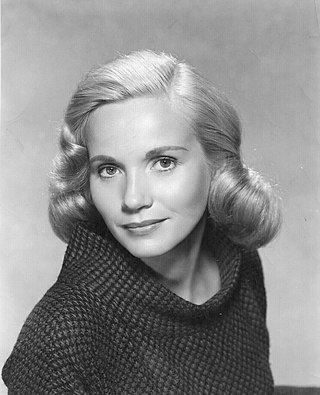
Eva Marie Saint is an American retired actress of film, theatre, radio and television. In a career spanning 75 years, she has won an Academy Award and a Primetime Emmy Award, alongside nominations for a Golden Globe Award and two British Academy Film Awards. Saint is both the oldest living and earliest surviving Academy Award-winner, and one of the last surviving stars from the Golden Age of Hollywood cinema.
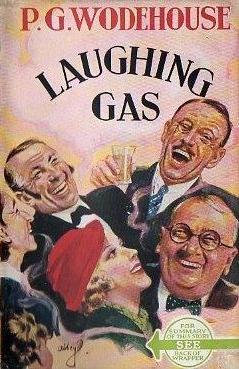
Laughing Gas is a comic novel by P. G. Wodehouse, first published in the United Kingdom on 25 September 1936 by Herbert Jenkins, London, and in the United States on 19 November 1936 by Doubleday, Doran, New York. Written in first person narrative, the story is set in Hollywood in the early 1930s and is, compared to, say, Budd Schulberg's What Makes Sammy Run? (1941), a light-hearted and exclusively humorous look at the film industry and in particular at child stars. Both Schulberg and Wodehouse describe the methods of all those would-be screenwriters and actors hunting for jobs, but Wodehouse's depiction is not at all serious or critical.
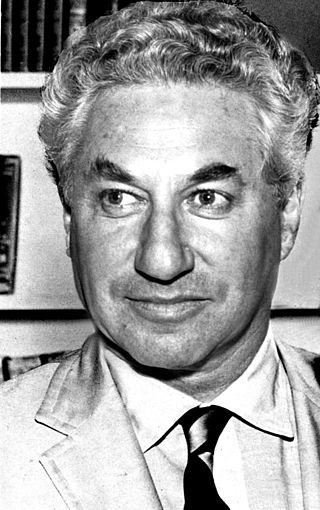
Budd Schulberg was an American screenwriter, television producer, novelist and sports writer. He was known for his novels What Makes Sammy Run? (1941) and The Harder They Fall (1947), as well as his screenplays for On the Waterfront (1954) and A Face in the Crowd (1957), receiving an Academy Award for the former.
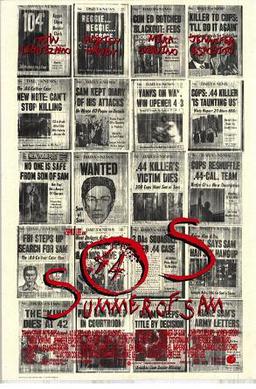
Summer of Sam is a 1999 American crime thriller film about the 1977 David Berkowitz serial murders and their effect on a group of fictional residents of an Italian-American neighborhood in The Bronx in the late 1970s. The killer, David Berkowitz, his murders and the investigation are shown in the film, but the focus is on two young men from the neighborhood: Vinny, whose marriage is faltering due to his cheating, and Ritchie, Vinny's childhood friend who has embraced punk fashion and music.

The Harder They Fall is a 1956 American boxing film noir directed by Mark Robson, produced and written by Philip Yordan, based on Budd Schulberg's 1947 novel. It was Humphrey Bogart's final film role. It received an Oscar nomination for Best Cinematography, Black and White, for Burnett Guffey at the 29th Academy Awards.

The Undead is a 1957 horror film directed by Roger Corman and starring Pamela Duncan, Allison Hayes, Richard Garland and Val Dufour. It also featured Corman regulars Richard Devon, Dick Miller, Mel Welles and Bruno VeSota. The authors' original working title was The Trance of Diana Love. The film follows the story of a prostitute, Diana Love (Duncan), who is put into a hypnotic trance by psychic Quintus (Dufour), thus causing her to regress to a previous life. Hayes later starred in Attack of the 50 Foot Woman (1958). The film was released on March 15, 1957 by American International Pictures as a double feature with Voodoo Woman.

B. P. Schulberg was an American pioneer film producer and film studio executive.
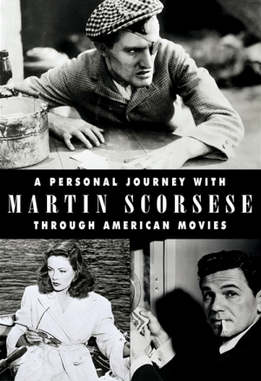
A Personal Journey with Martin Scorsese Through American Movies is a 1995 British documentary film of 225 minutes in length, presented by Martin Scorsese and produced by the British Film Institute.

War and Peace is a 1956 epic historical drama film based on Leo Tolstoy's 1869 novel of the same name. It is directed and co-written by King Vidor and produced by Dino De Laurentiis and Carlo Ponti for Paramount Pictures. The film stars Audrey Hepburn as Natasha, Henry Fonda as Pierre, and Mel Ferrer as Andrei, along with Vittorio Gassman, Herbert Lom, Oskar Homolka, Anita Ekberg in one of her first breakthrough roles, Helmut Dantine, Barry Jones, Anna Maria Ferrero, Milly Vitale and Jeremy Brett. The musical score was composed by Nino Rota and conducted by Franco Ferrara.

Tenebrae is a 1982 Italian giallo film written and directed by Dario Argento. The film stars Anthony Franciosa as American author Peter Neal, who – while in Rome promoting his latest murder-mystery novel – becomes embroiled in the search for a serial killer who may have been inspired to kill by his novel. John Saxon and Daria Nicolodi co-star as Neal's agent and assistant respectively, while Giuliano Gemma and Carola Stagnaro appear as detectives investigating the murders. John Steiner, Veronica Lario, and Mirella D'Angelo also feature in minor roles. The film has been described as exploring themes of dualism and sexual aberration, and has strong metafictional elements; some commentators consider Tenebrae to be a direct reaction by Argento to criticism of his previous work, most especially his depictions of murders of women.

Go Naked in the World is a 1961 American drama film written and directed by Ranald MacDougall and co-directed by an uncredited Charles Walters and produced by Aaron Rosenberg. The film stars Gina Lollobrigida, Anthony Franciosa, and Ernest Borgnine. It is based on a 1959 novel of the same name by Tom T. Chamales.

Rock All Night is a 1957 crime drama film produced and directed by Roger Corman. Distributed by American International Pictures, it is based on a 25-minute television episode of The Jane Wyman Show from 1955 called "The Little Guy." It stars Dick Miller, Russell Johnson and Abby Dalton. It co-stars Mel Welles, Ed Nelson and Clegg Hoyt. The film was released as a double feature with Dragstrip Girl.






















